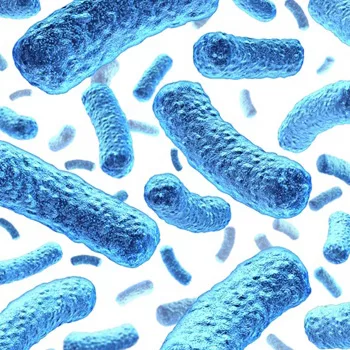It Might Be E. coli

Multistate foodborne illness outbreaks or food product recalls due to Escherchia coli O121, Salmonella Newport, Salmonella Hartford, E. coli O157:H7 have occurred recently. Federal, state and local officials are conducting epidemiological and traceback investigations to determine the source of these incidents, and to control and stop the outbreaks. Dozens of people have fallen ill, and nearly two million pounds of potentially contaminated food have been recalled. Fortunately, no one has died. And that’s just recently.
Working to stem this retrospective approach to food safety is the U.S. Food and Drug Administration (FDA). FDA, with the authority of the Food Safety Modernization Act (FSMA), which was signed into law in 2011, seeks to prevent, rather than react to, foodborne illnesses. Already, the agency has proposed seven regulations that aim to modernize a food safety system that hasn’t seen a comprehensive change since 1938.
Written throughout the law and the regulations are examples of how laboratory testing is critical to detecting and identifying current and emerging microbiological and chemical hazards. This makes sense. If rules require a food producer to identify and evaluate the presence of harmful pathogens or toxins, a laboratory test is needed to distinguish Salmonella from E. coli from a pathogen-free sample.
Plenty is riding on the results of that laboratory test. If a laboratory reports that no E. coli is present in the food sample, then the product might proceed to market. If the results were incorrect, people may be sickened or die. In the reverse, if the laboratory wrongly reports the presence of a pathogen, the food product may be destroyed, causing economic losses to the food producer.
At present, there is no oversight of the food laboratory. We do not know the total number of food laboratories in the United States; we do not know if the people performing the testing were trained adequately; and we do not know what type of quality control processes, if any, are employed by many of these laboratories.
Some food laboratories voluntarily participate in proficiency testing, which is an objective method for measuring the accuracy of a laboratory. The American Proficiency Institute, one of the largest proficiency testing providers, conducted a retrospective study of nearly 40,000 proficiency test results over a 14 year period. It found, on average, food laboratories report false negatives of 9.1 percent for Campylobacter, a bacterial foodborne pathogen, and 4.9 percent for Salmonella, creating potential public health threats. False positive rates for Salmonella and E. coli were 3.9 percent and 2.5 percent respectively. Since the exercise is voluntary, one may argue that these results are from some of our most quality-conscious food laboratories.
FSMA addresses this concern by bringing accountability to the food laboratory. It would mandate a program for the testing of food by accredited laboratories, establish a publicly available registry of laboratories accredited by recognized accreditation bodies and develop model standards that laboratories must meet for analytical testing. This small section of a comprehensive law carries significant weight in bringing needed accountability to food testing. In many ways, it provides the scientific informational structure for the other provisions of this law to succeed.
Seven other FSMA rules are moving toward finalization, but the laboratory provision has not even been addressed. If we are going to prevent foodborne illnesses and mitigate economic losses, rules for food laboratory testing must hold the same prioritization.
Robin Stombler directs the Food Laboratory Alliance, a coalition of organizations devoted to the safety of the nation’s food supply and the quality of food laboratory testing. She is also president of Auburn Health Strategies, LLC.
Looking for quick answers on food safety topics?
Try Ask FSM, our new smart AI search tool.
Ask FSM →







